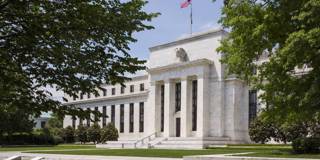Now that the US Federal Reserve has begun to speak more openly about climate change, it should take a hard look at the tools that it already has available for making a dent in the problem. What it will find is that some green monetary policies serve both the environment and the economy.
BOSTON – The US Federal Reserve has made a number of climate-related announcements in recent months, joining the Network for Greening the Financial System in December and then establishing a new Supervision Climate Committee in February. Yet while these are important first steps, the Fed should do more to address climate change, which in turn can help it meet its mandate.

BOSTON – The US Federal Reserve has made a number of climate-related announcements in recent months, joining the Network for Greening the Financial System in December and then establishing a new Supervision Climate Committee in February. Yet while these are important first steps, the Fed should do more to address climate change, which in turn can help it meet its mandate.